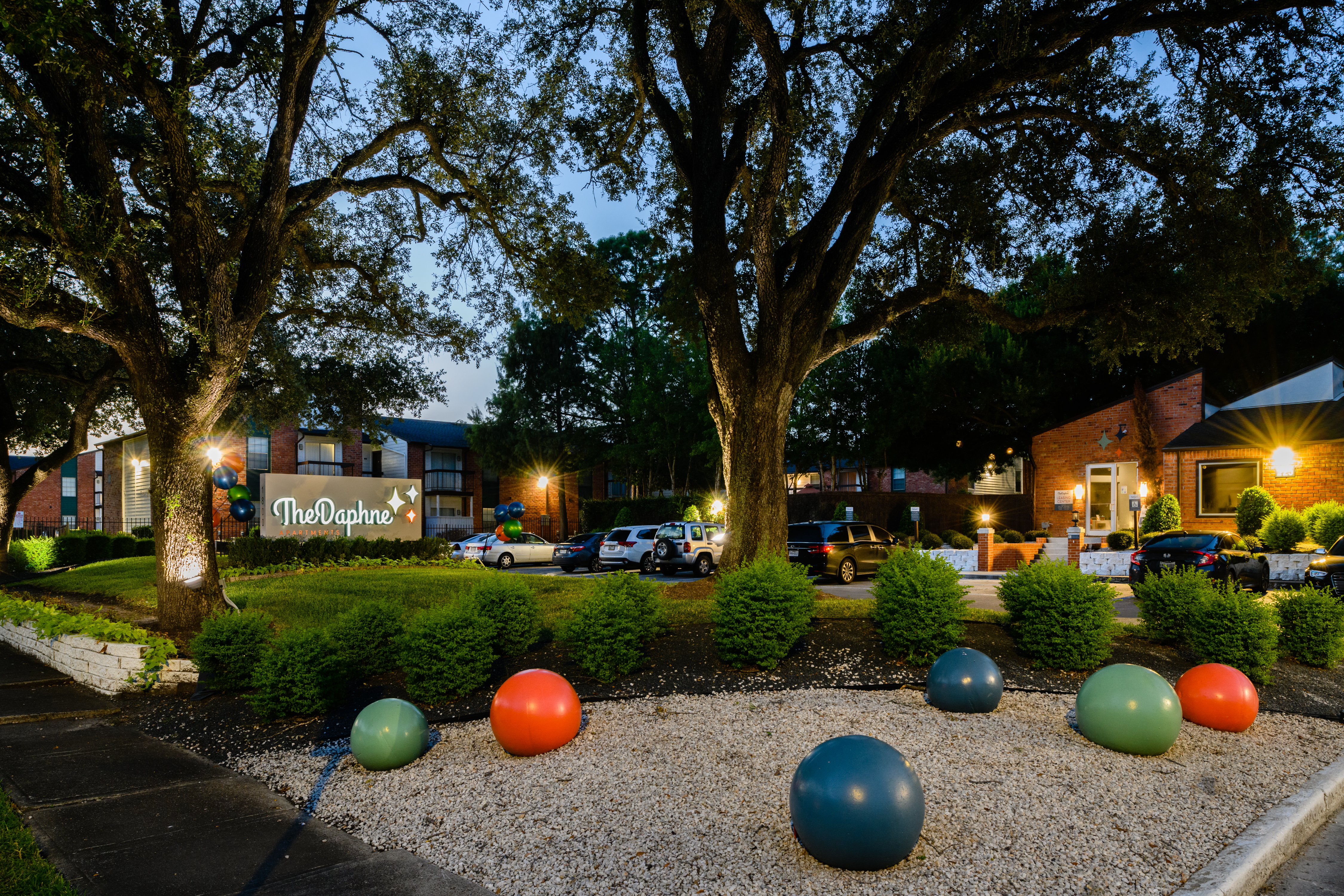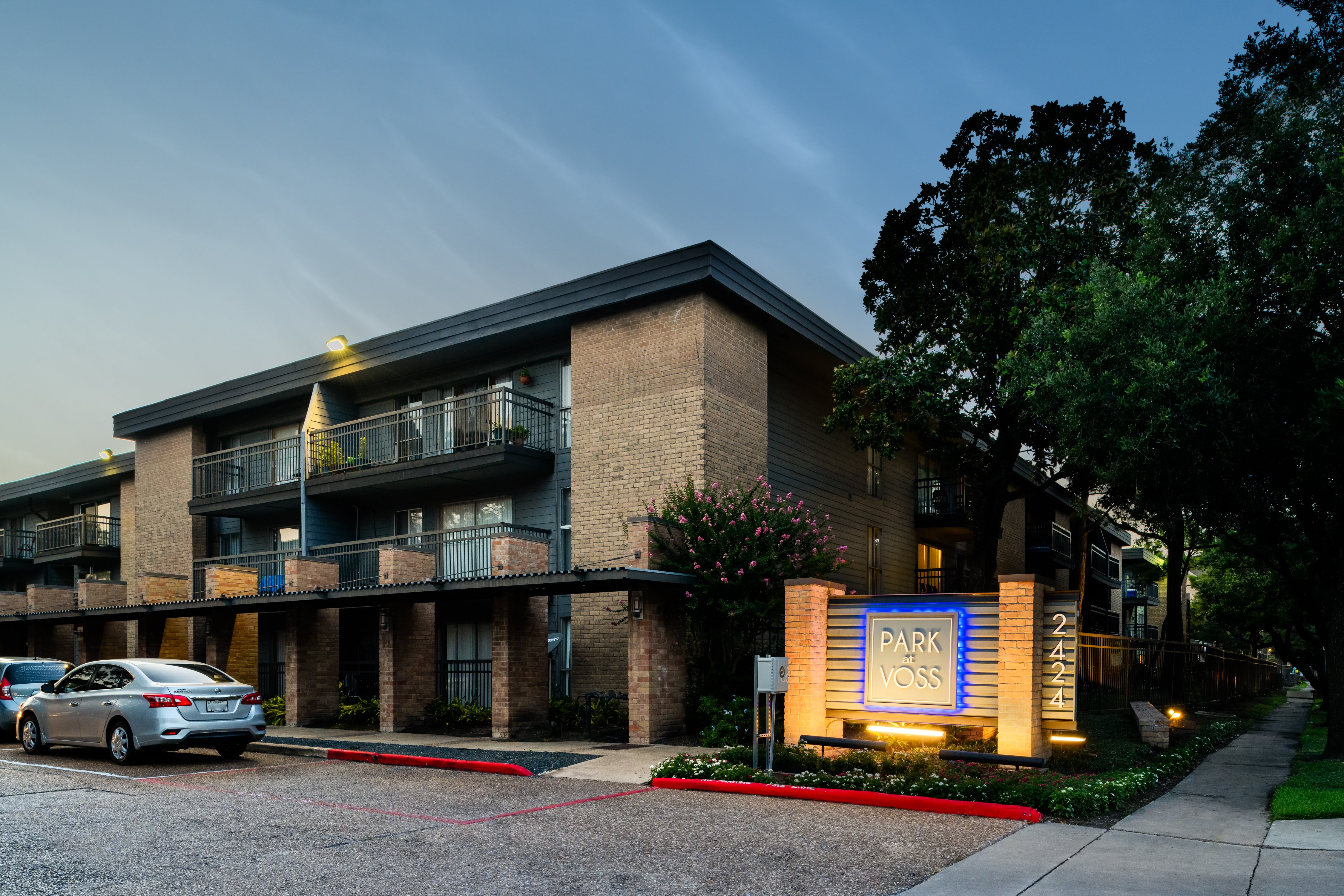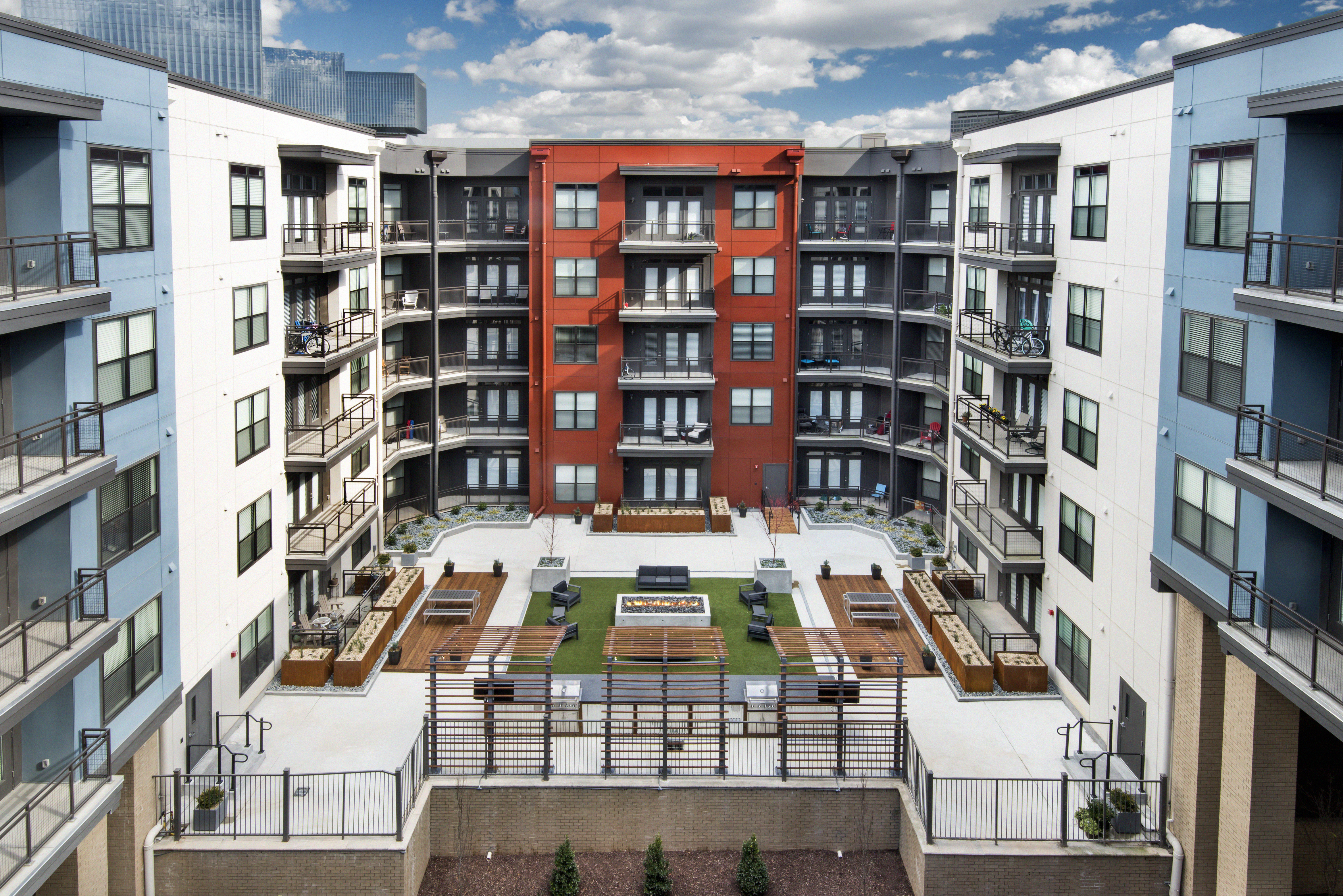Principles for Decision Making in Real Estate

Over the past year, I've read about 50 books and listened to countless podcasts. One of the recurring themes is this idea of Mental Models. Mental Models are like shortcuts for thinking. They simplify complex situations, rate some items as more relevant than others, and underpin how we reason. We aren't aware of what goes into our decision making, but that's when our Mental Models kick in. We use them to make sense of our surroundings and organize them into an understandable framework.
Each of us has Mental Models, even if we don't realize it. The quality of our thinking is proportional to the number and range of our Mental Models. Most of us are specialists. Instead of a latticework of multiple Mental Models, we have only a few that are taken from our specialized profession. For instance, a business person, an environmentalist, and a botanist would each look at a piece of land covered by trees in a different way, according to their respective Mental Model. The ideal is to have multiple disciplines - i.e. Mental Models - together in our heads, so we can think about a project in a multidimensional way. If you only look at the project in one way, you've got a blind spot.
In my profession of multifamily housing, I look at opportunities using at least three Mental Models - as a builder, an investor, and an operator. I try to make decisions using all three of them. Through experience, successes, and struggles, these Mental Models have developed into principles that give us a competitive advantage in our space.
Below are some principles for decision making that are useful in any situation, as well as a few that I use when thinking about our business.
Second Order Thinking
This is a concept that's important in so many facets of life. The easiest way to describe it is with an example from dessert. First Order Thinking goes, "I see the cookie, I want the cookie, I eat the cookie." Second Order Thinking says, "I see the cookie, if I eat the cookie I'll have a sugar rush and won't feel good. Therefore, I won't eat the cookie." It's looking past the initial excitement to understand the results of our actions before we take them.
A lot of our competitors in the value-add apartment space use First Order Thinking (eg. "There are big fees to buy, so let's do it and figure out the details later"). There are very few restrictions in this space, and a lot of potential for manipulation in the underwriting assumptions, making it a hot field for new entrants and unscrupulous operators. Because of this phenomenon, it's been very difficult for us to continue buying at our previous pace. We've learned a lot about operating properties, setting attainable projections, and the ongoing costs involved with maintaining the assets. Second Order Thinking kept us patient when others got erratic. There's little certainty in investing, and real estate is no different. Our approach has been to focus on the area surrounding the property, to see what's going on to improve the general location. We look for things that are out of our control, like an expanding medical center or new job relocations. Given our belief that real estate is a long term investment, we want to be in locations that will continue to stay in demand. When we find properties in these locations, with an attainable cash flow projection, we get very aggressive.
Scale
Systems are sensitive to scale. The requirements or behaviors change when you scale them up or down. Because we're aware of this, we've always tried to scale our operations in a thoughtful way. Early in my career, I saw how we could provide way more amenities and services to an 800-unit property than to a similarly-priced 300-unit property. As we look at future investments, scale is an important factor. Had I purchased 15 houses instead of around 15 apartment complexes, you probably wouldn't be reading this newsletter.
Regression to the Mean
Over time, long deviations from the average tend to return to that average. Early in our business, the average returns on a 5-year investment would easily net over a 20% IRR, and sometimes much higher. But the long term average return on investment in apartments is 9%. Over time, as more players entered the space and sellers demanded more money for their properties, we've witnessed these returns diminish to their historic average.
Part of our strategy is to focus on properties that are still in line with their long term averages. For instance, it's historically out of the norm for a Class C apartment to sell for a sub-5% cap rate. But it's not out of the historic norm for a new, well-located property. We've begun to focus on assets that are still within their historical price norms, and we're selling assets where the valuation is out of its historic norm. Eventually, there will be a shift to bring everything back to the mean.
Motivated Sellers
We buy from people who want or need to sell. If someone tries to buy a property that the owner has no interest in selling, then they have to pay a high price to convince them to agree. Finding a group that has to sell brings opportunity for better prices, because we can adjust our lower price offer in exchange for surety of close.
We've found that the further away the decision maker is from the investor, the worse deal they cut for their investors. As an example, early in my career, we bought a property from a fund that was at the end of its lifecycle. They took a $6.5M loss on the sale. I asked the seller how they were okay with this, and he said that it's a billion dollar fund, the loss was negligible for them. We ended up making an $1M profit on this investment.
Margin of Safety
Margin of Safety is a core element to all of our investment decisions. It's held us back in times of tremendous growth, but will allow us to thrive during a future downturn. As we look at investment opportunities, we want the Margin of Safety buffer in the event of uncertainty. We've realized that there is a lot of uncertainty in investing, and we'd like to have as large a margin as possible for mistakes that we might make along the way. When we buy a project for 10-20% less than the other group is willing to pay because our deal terms are better, it doesn't ensure success, but it does give us a better chance than if we'd paid full price.
Supply and Demand
For a few years, we purchased unrenovated, well-located, 1970s apartment complexes in submarkets that had zero supply of 1980s or 1990s apartments. Looking at the big picture, we Iiked the large spread in rents and unmet demand for residents who wanted to live somewhere nicer than a 50-year-old property, but couldn't afford a 2010 property. At the other end of the spectrum, we've experienced situations where we thought that we could renovate a Class B product into a Class A property, but so much Class A product was delivered at the same time that our rents were affected as well.
Today, on both acquisitions and development, it's paramount to look at the submarket statistics, checking any potential new developments that could come up in the immediate area to affect supply and demand ratios. When we look at new acquisitions, I get up on the roof (metaphorically) to identify any local sites that could be developed in the near future.
Cash Is King
A mentor told me a long time ago that you can't go out of business as long as you have enough cash to cover your obligations. Our investment philosophy takes this to heart. We do not buy existing apartment communities without having cash flow in place, or a plan to get there quickly. A common value-add strategy is to buy properties on a per unit basis, renovate them, and then sell them quickly. This tends to work well early in the cycle, but over time it becomes harder and more likely to fail. In these investments, cash flow is the safety net. Without any cash flow, things can turn downwards very quickly if there's an external hiccup. We understand that ground-up development takes years for cash flow to occur. In those instances, we've gotten comfortable thanks to our land basis and location.


